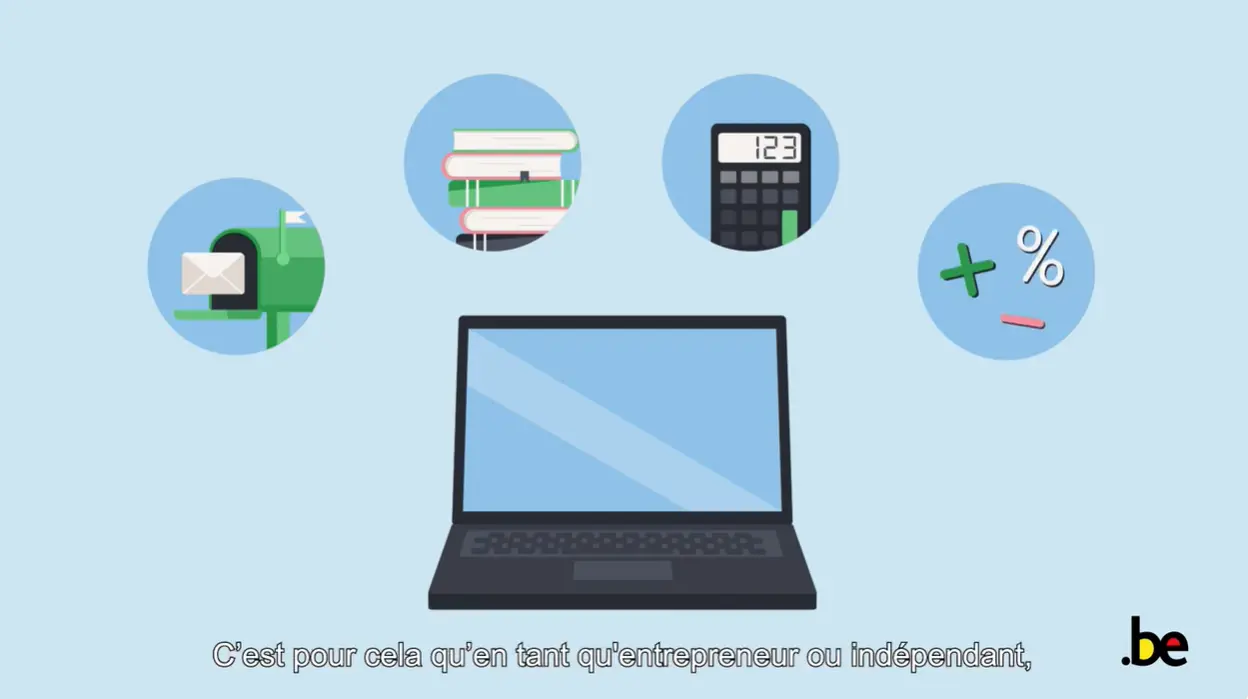Electronic invoicing
In the Brussels Capital Region, electronic invoicing is gradually being imposed for public procurement contracts with regional and local administrations. This obligation is part of a drive to simplify and optimise the purchasing process, and to increase efficiency and transparency for both suppliers and administrations.
What is an electronic invoice?
An electronic invoice is an invoice that has been submitted, transmitted and received in a structured digital form that allows automatic, electronic processing.
Please note: invoices sent in other formats (pdf, xls, xml, etc.), by email or via standard invoicing software, are not considered electronic invoices.
Who is affected?
Electronic invoicing is now External linkmandatory for:
- Any public contract awarded with a regional administration of the Brussels Capital Region
- Public contracts over €3,000 awarded with local administrations in the Brussels Capital region.
The benefits of electronic invoicing
Electronic invoicing offers many advantages for both administrations and businesses:
- The structured electronic form guarantees a secure framework: the dematerialised document is sent from the supplier to the administration via a traceable and protected platform.
- This fully automated system not only avoids any human error in encoding or addressing, but also ensures that your invoices are monitored.
- Electronic invoicing is accessible for everyone, from the self-employed to SMEs and large companies.

How does it actually work?
Europe has defined a standard format for structured invoices, the UBL-XML format, and set up a secure network, called PEPPOL, which facilitates the circulation of invoices in the European Union. The combination of these two elements enables the use of electronic invoicing on a large scale.
As a company, your invoices must be sent via the European Peppol network.
Different access points allow connection to this network: via the company's ERP system, its accounting software or by using the Mercurius portal.
As an administration, you receive invoices via the Mercurius portal, using the Fidus interface.

How do you send electronic invoices?

You are a company
How do you send your invoices to administrations?

You are an administration
How do you implement electronic invoicing in your administration?